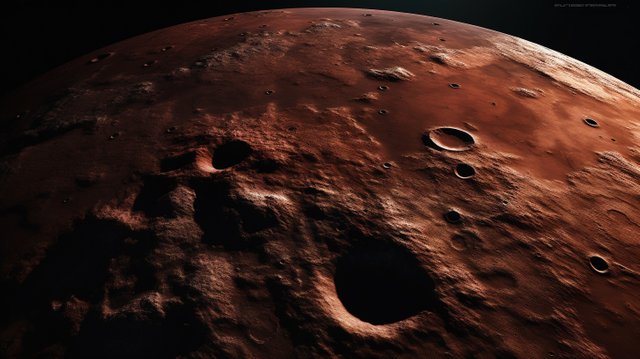'A first' from Mars: European rocket sends livestream from red planet

The European Space Organization broadcast the livestream with the graciousness of its Mars Express, sent off by a Russian rocket from Kazakhstan in 2003.
It required almost 17 minutes for each image to arrive at Earth, almost 200 million miles (300 million kilometers) away, and one more moment to traverse the ground stations.
The transmission was disturbed now and again by stormy climate at the profound space-transfer radio wire in Spain.
In any case, enough pictures endured to enchant the European space authorities facilitating the hourlong livestream. The underlying perspectives displayed around 33% of Mars, which bit by bit developed greater in the casings prior to contracting again as the space apparatus circumnavigated the planet. White mists could obviously be found in a portion of the shots.
"Assuming that you were at present sitting on board Mars Express ... this is how the situation is playing out," said Simon Wood, the mission's shuttle tasks engineer. "We ordinarily don't typically get pictures along these lines."
Pictures and different information as a rule are put away on board the shuttle and later sent to Earth, as per Wood, when the rocket's radio wire can be pointed along these lines.
Close to continuous film from so distant is "fairly uncommon," as indicated by ESA. The organization highlighted the live transmissions by the Apollo moonwalkers in excess of 50 years prior and, all the more as of late, live pieces from space apparatus purposely colliding with the moon and a space rock.
"These missions were all very up close and personal and others farther away sent maybe a picture or two close to continuous. With regards to an extensive livestream from profound space, this is a first," ESA said in an explanation before the occasion.
The downpour on the fields in Spain cut into the quantity of pictures shown. ESA dedicated just an hour to the livestream on the grounds that it would have rather not over-burden the shuttle's batteries.
Mars Express headed out to the red planet with a lander, named Beagle-2, which lost contact with Earth as it endeavored to land on the Martian surface.
Over 10 years after the fact, NASA's Mars Observation Orbiter caught pictures of Beagle-2. In spite of the fact that it came to the surface, the lander's sunlight based chargers didn't completely spread out.